The dodo bird, a flightless creature endemic to Mauritius, has achieved something extraordinary in the annals of natural history. Extinct since the late 17th century, the dodo has transcended its biological demise to become an enduring symbol in literature, folklore, and popular culture. This paradoxical journey—from extinction to immortality in stories—raises profound questions about humanity’s relationship with vanished species and the power of narrative to resurrect what time has erased.
The Dodo’s Tragic Extinction: A Brief History
When Dutch sailors first encountered the dodo in 1598, they found a plump, unwary bird that had evolved without natural predators. Isolated on Mauritius, the dodo had no reason to fear humans or the invasive species they brought. Within decades, the bird was hunted to extinction, its habitat destroyed, its eggs devoured by rats and pigs. By 1662, the last confirmed sighting was recorded, and the dodo vanished into oblivion. Yet, this was not the end of its story—it was merely the beginning of a new, literary existence.
From Specimen to Symbol: The Dodo’s Literary Rebirth
The dodo’s posthumous fame began with its inclusion in early natural history texts, where it was often depicted as a clumsy, foolish creature. This caricature solidified in Lewis Carroll’s Alice’s Adventures in Wonderland (1865), where the Dodo became a whimsical, somewhat pompous character leading a caucus race. Carroll’s portrayal, though fictional, embedded the dodo in the cultural imagination, transforming it from a forgotten relic into a beloved figure of absurdity and resilience. The bird’s literary resurrection didn’t stop there—it appeared in poems, satires, and even political cartoons, often as a metaphor for obsolescence or misguided persistence.
Why the Dodo Endures: Nostalgia and Guilt
Psychologists and cultural historians argue that the dodo’s staying power stems from a blend of nostalgia and collective guilt. As one of the first recorded species driven to extinction by human activity, the dodo serves as a cautionary tale. Its whimsical depictions in literature soften the harsh reality of its demise, allowing audiences to engage with ecological loss without confronting its full weight. The dodo, in this sense, becomes a screen onto which humanity projects both its fascination with the exotic and its unease about destruction.
The Dodo in Modern Conservation Narratives
Today, the dodo has found new life as an icon of conservation movements. Museums and environmental campaigns frequently invoke its image to underscore the urgency of protecting endangered species. The bird’s story is no longer just one of tragedy; it’s a rallying cry. Scientists studying de-extinction technologies even cite the dodo as a candidate for genetic resurrection, a prospect that blurs the line between science and myth. Whether or not such efforts succeed, the dodo’s symbolic role is secure—it remains a bridge between the lost natural world and the stories we tell to make sense of its absence.
Conclusion: The Paradox of Immortality
The dodo’s journey from a real, living creature to a literary and cultural fixture is a testament to the power of storytelling. It is a paradox: a bird that died because it couldn’t adapt now lives on because humanity couldn’t let it go. In children’s books, corporate logos, and scientific debates, the dodo flaps its wings anew, no longer bound by the constraints of biology. Its extinction was a footnote in history, but its afterlife is an epic.

By /Jul 16, 2025

By /Jul 16, 2025
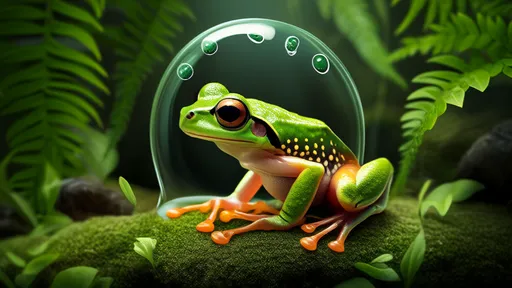
By /Jul 16, 2025
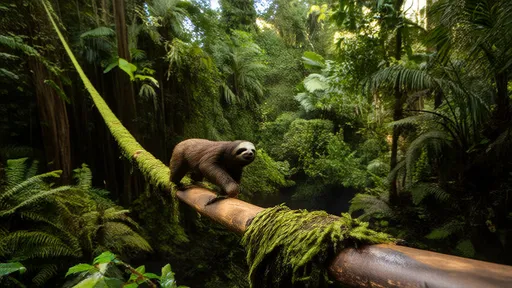
By /Jul 16, 2025
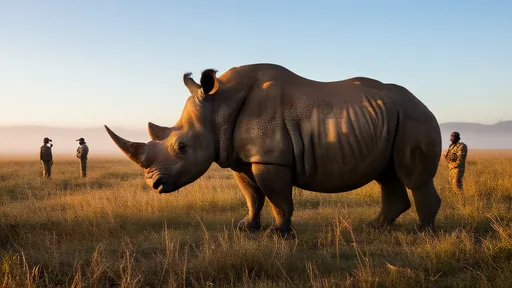
By /Jul 16, 2025

By /Jul 16, 2025
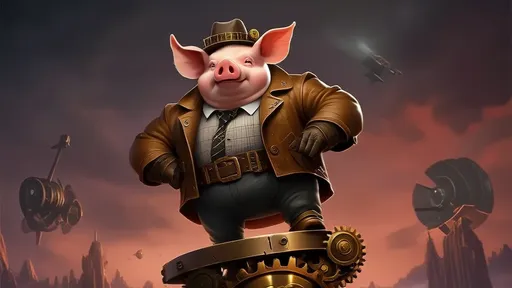
By /Jul 16, 2025
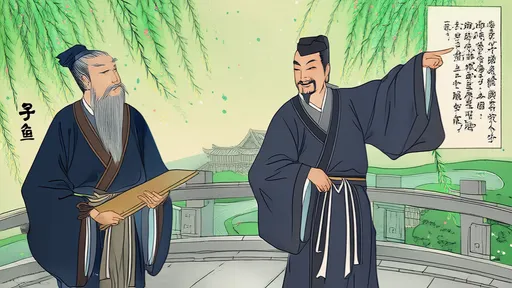
By /Jul 16, 2025
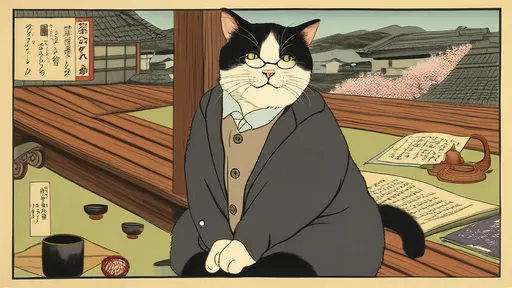
By /Jul 16, 2025
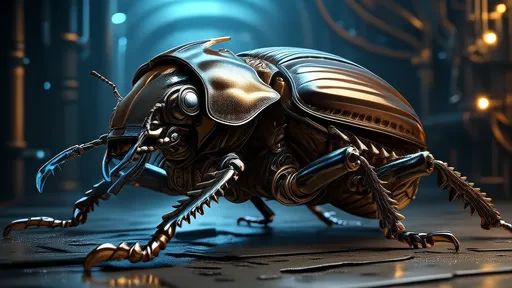
By /Jul 16, 2025
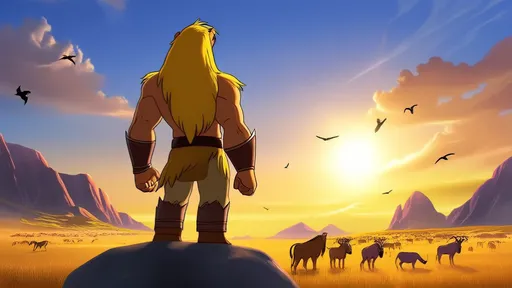
By /Jul 16, 2025
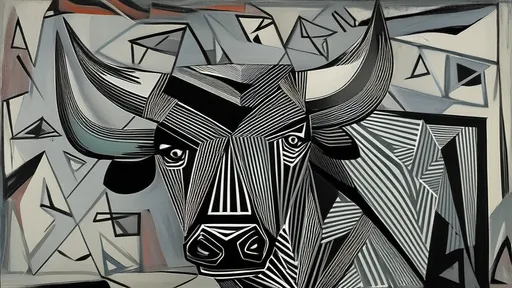
By /Jul 16, 2025

By /Jul 16, 2025
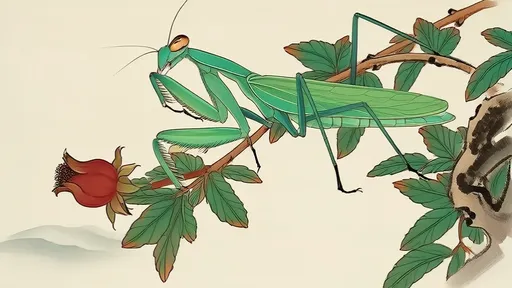
By /Jul 16, 2025
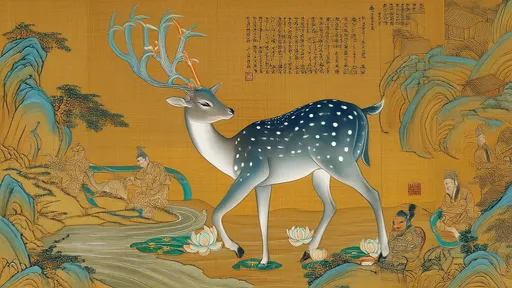
By /Jul 16, 2025
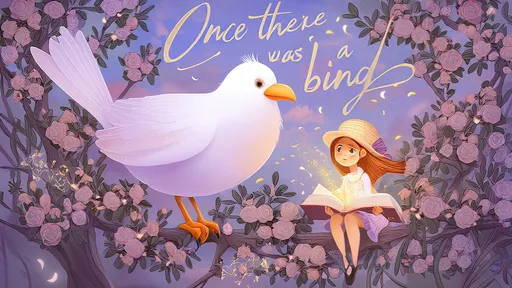
By /Jul 16, 2025
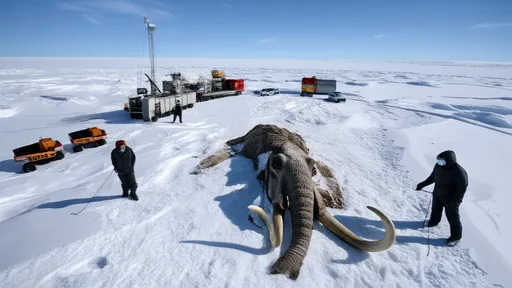
By /Jul 16, 2025
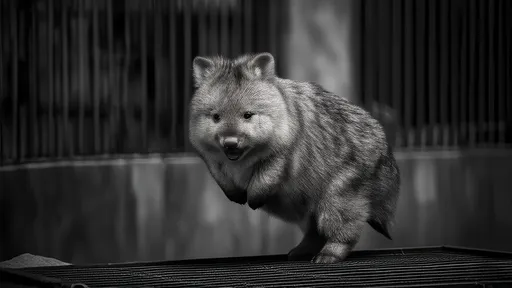
By /Jul 16, 2025
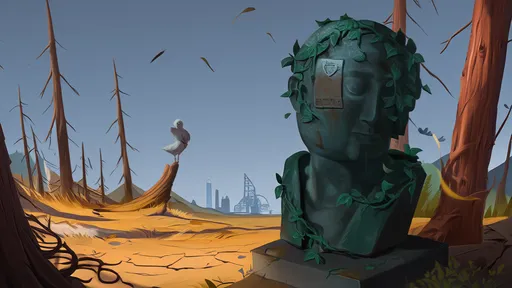
By /Jul 16, 2025
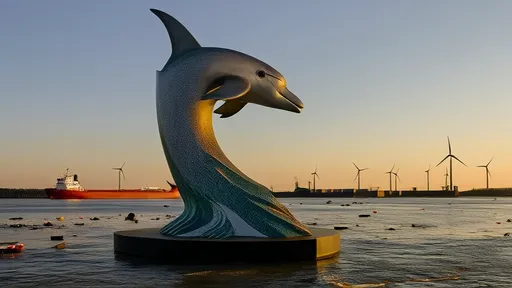
By /Jul 16, 2025